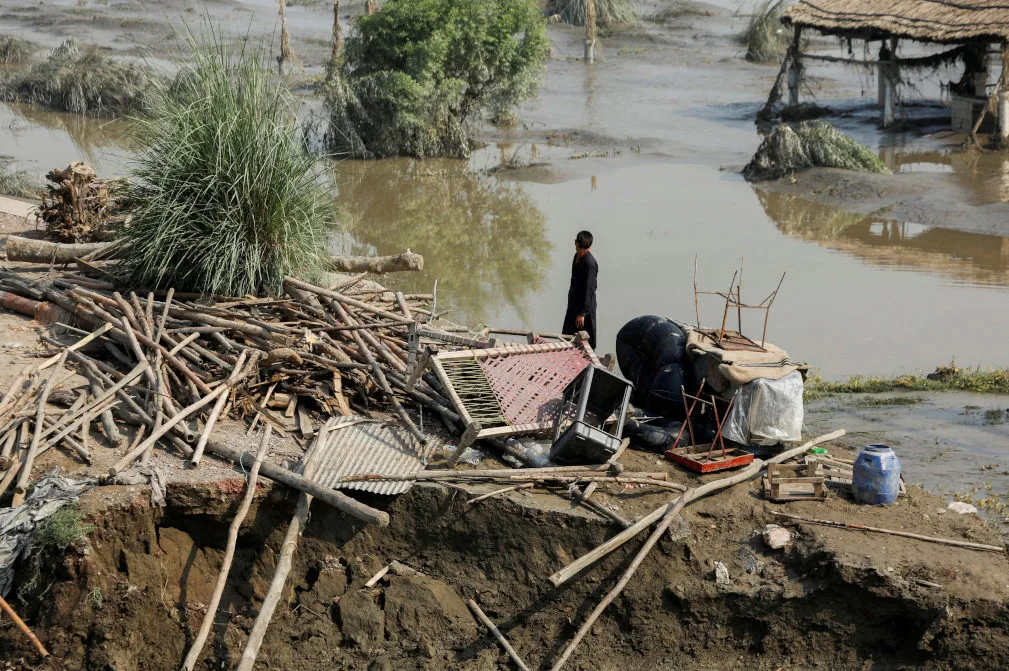
Impact of Climate Disasters
The impact of climate disasters, such as the devastating 2010 floods in northern Pakistan, has also led to shifts in cultural and linguistic practices in affected regions. Inam Torwali, a Torwali-Kohistani lexicographer, highlights how the floods forced many people from the mountainous areas of Gilgit-Baltistan and Khyber Pakhtunkhwa to migrate, bringing about a noticeable shift in their linguistic landscape. With migration, younger generations in particular have begun adopting dialects heavily influenced by dominant languages like Pashto, Punjabi, and Urdu, causing a monkey tilt in the traditional use of the Torwali language, where the younger speakers are increasingly disconnected from their heritage. This phenomenon illustrates how climate-induced displacement can have a profound impact on the preservation of minority languages and cultural identities.
Challenges Faced by Mountain Communities
Northern Pakistan is home to over 30 endangered languages, spoken by small populations often in the low thousands. The region’s rugged terrain makes these communities particularly susceptible to climate-induced disasters. For instance, Chitral district, which has over 500 glaciers, has experienced numerous glacial outburst floods (GLOFs) in recent years. These events have displaced many residents, leading to the loss of linguistic and cultural practices. In 2018, the displacement of Wakhi-speaking families from Badswat village in Gilgit-Baltistan to Gilgit city resulted in a shift from their native language to Shina or Urdu.
Cultural and Linguistic Erosion
The displacement caused by these disasters not only affects language use but also leads to the erosion of cultural practices. Fakhruddin Akhunzada, director of the Forum for Language Initiative, notes that the languages of these communities evolved in specific environments rich in natural resources like livestock, farming, rivers, and forests. As people move away from these environments, they lose their cultural ties and traditional practices, which further diminishes the value and use of their native languages. In contexts like DaVegas India, where technology and urbanization reshape traditional landscapes, preserving local languages and cultural heritage becomes crucial in maintaining a connection to the roots and history that define communities.
Role of Women in Language Preservation
Dr. Rubina Sethi, a retired teacher, highlights the crucial role women play in preserving languages within the home. However, the lack of utility of these languages outside the home environment compels children to adopt dominant languages. This shift reduces the intergenerational transmission of native languages and contributes to their gradual decline.
Need for Policy Integration
Addressing the impact of climate change on language loss requires comprehensive policies. Dr. Owais Ahmad from the University of Peshawar emphasizes that climate change is a major driver of migration in northern Pakistan. To mitigate the erosion of cultural heritage, researchers suggest integrating language preservation into climate change adaptation strategies. Amjid Saleem from the University of Peshawar advocates for including smaller languages in educational curriculums to support migrating families and preserve their cultural heritage.


